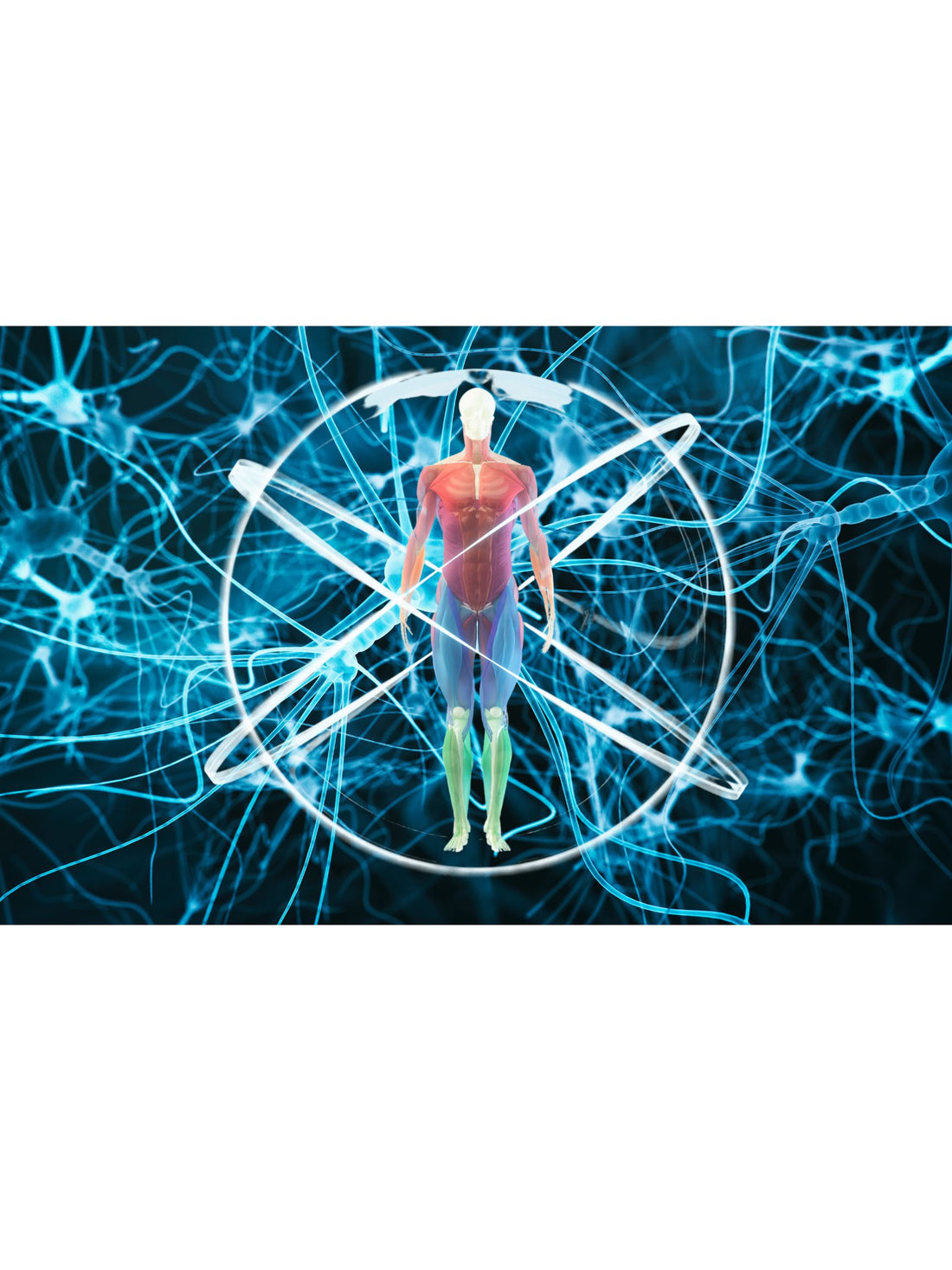The human body is a marvel of complexity, and its intricate systems continuously reveal new secrets about our physiology. One such groundbreaking discovery in recent times is the endocannabinoid system (ECS). This remarkable network of receptors and neurotransmitters plays a crucial role in maintaining balance and harmony within our bodies, regulating a wide array of physiological processes. But who are the brilliant minds behind this groundbreaking revelation? In this blog post, we explore the extraordinary pioneers who founded the endocannabinoid system.
1. Dr. Raphael Mechoulam - The "Father" of Cannabinoid Research
If there's one name synonymous with the discovery of the endocannabinoid system, it's that of Dr. Raphael Mechoulam, an Israeli organic chemist. In the early 1960s, Dr. Mechoulam and his team embarked on a mission to explore the active compounds found in cannabis, particularly its psychoactive component - THC. They succeeded in isolating and synthesizing THC, opening the door to a new era of cannabinoid research.
Later on, in 1992, Mechoulam, along with his colleague Dr. Lumír Hanuš, identified and isolated anandamide, the first endocannabinoid found in the human brain. This groundbreaking achievement marked the beginning of our understanding of the endocannabinoid system and its essential role in maintaining internal balance, also known as homeostasis.
2. Dr. Allyn Howlett - Discovering the First Cannabinoid Receptor
While Dr. Mechoulam laid the foundation for cannabinoid research, it was Dr. Allyn Howlett and her team who made the groundbreaking discovery of the first cannabinoid receptor in the early 1980s. Dr. Howlett, a neuroscientist, and her colleagues successfully identified and characterized the CB1 receptor, found primarily in the brain and central nervous system. This receptor turned out to be the primary binding site for THC, providing vital insights into how cannabinoids interact with our bodies.
3. Dr. William Devane and Dr. Lumír Hanuš - The Hunt for More Endocannabinoids
Building upon the discovery of anandamide, Dr. William Devane and Dr. Lumír Hanuš played pivotal roles in unearthing more endocannabinoids. In 1995, the duo, along with other researchers, identified 2-arachidonoylglycerol (2-AG), another significant endocannabinoid, further solidifying the existence of the ECS. 2-AG was found to bind to both CB1 and CB2 receptors, expanding our understanding of the complexity of the endocannabinoid system's signaling pathways.
4. Dr. Miles Herkenham - Mapping the ECS
As the pieces of the ECS puzzle began to come together, Dr. Miles Herkenham, a neuroanatomist, made a profound impact on our understanding of the system's distribution in the brain. In 1990, he and his team successfully mapped the distribution of CB1 receptors in the brain, revealing the regions where cannabinoids have the most significant impact. This research laid the groundwork for future studies on how cannabinoids interact with various brain functions, including memory, pain perception, mood regulation, and more.
The discovery of the endocannabinoid system is undoubtedly one of the most fascinating and transformative chapters in medical history. Driven by the unyielding dedication of these brilliant scientists, we have unlocked the mysteries of a biological system that influences everything from our immune response and stress regulation to mood, appetite, and sleep.
The tireless efforts of Dr. Raphael Mechoulam, Dr. Allyn Howlett, Dr. William Devane, Dr. Lumír Hanuš, and Dr. Miles Herkenham have revolutionized our understanding of cannabinoids and their profound effects on human physiology. The endocannabinoid system has since become a promising area of research with potential therapeutic applications in various medical conditions.
As we continue to explore the complexities of the endocannabinoid system, let us remember and appreciate these unsung heroes of modern medicine, whose pioneering work has paved the way for future advancements and potential breakthroughs in the world of medical science.

